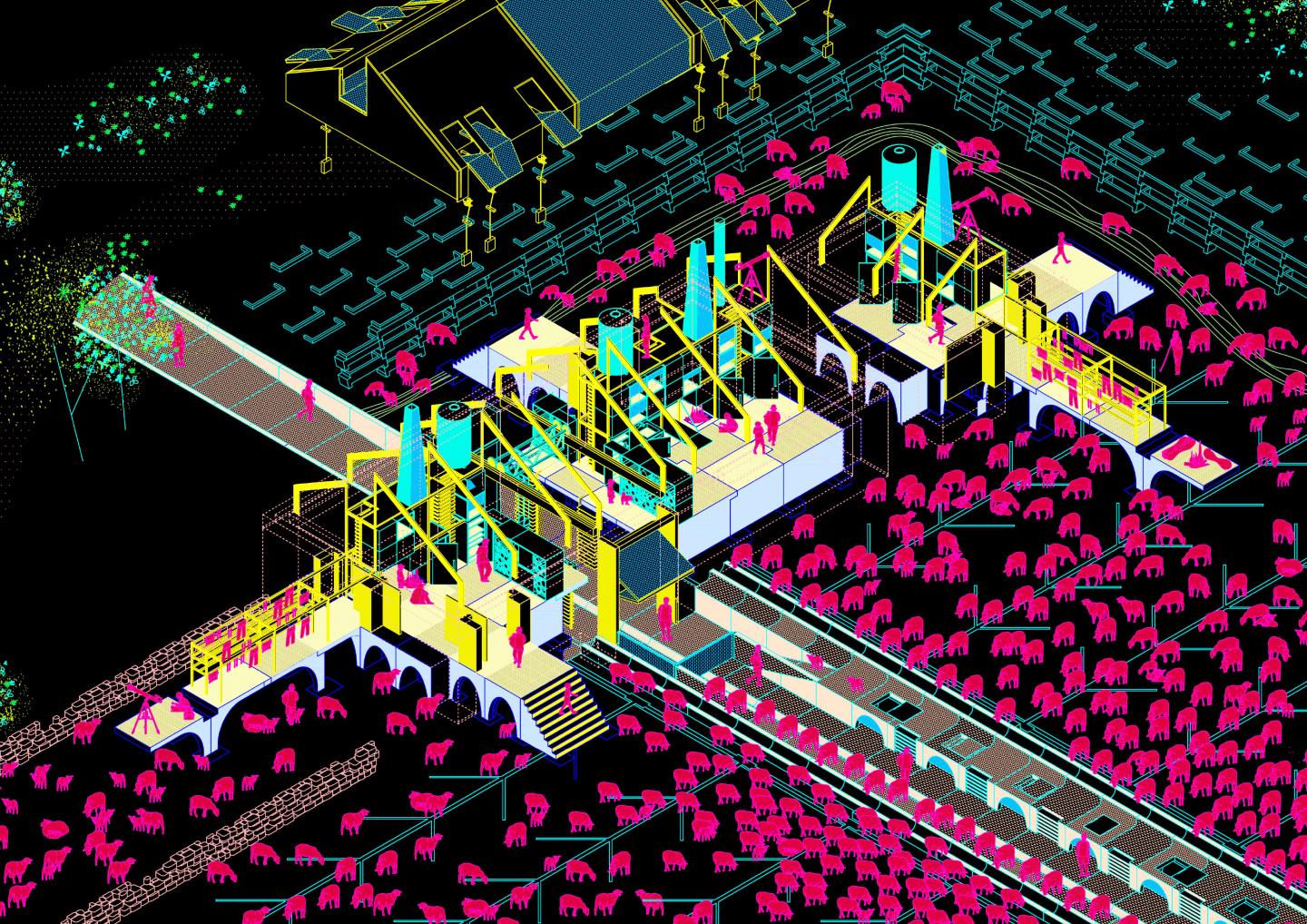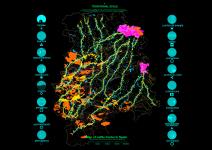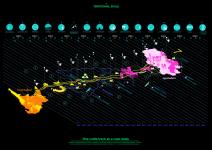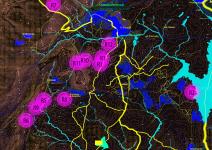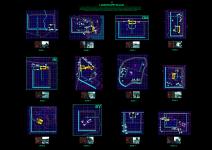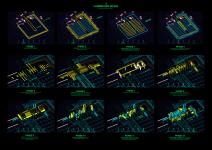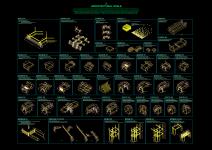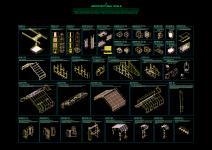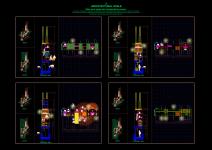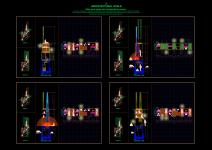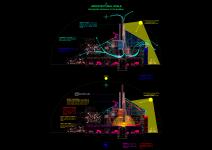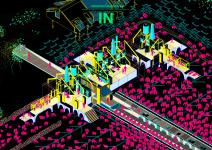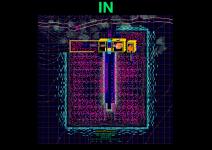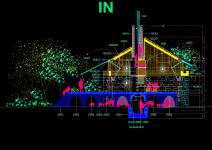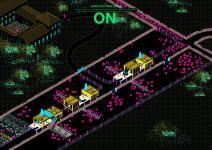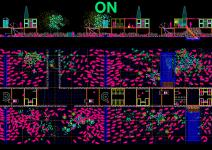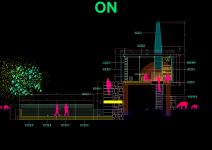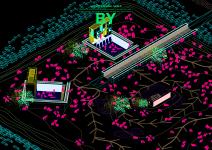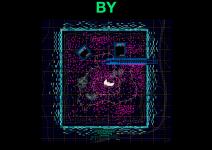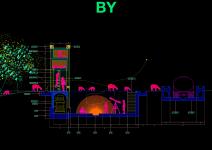The roads no longer simply lead to places, they are places. In the mobility and the change the encounters take place, and this in turn generates new forms of sociability. This space, when it is sedentary, is lined by walls, enclosures and routes, while if the space is nomadic, it is smooth, marked only by lines that are erased and reappear with the comings and goings.
The project was born when the comings and goings do not bring, and the traces of the nomadic space are blurred by the disuse. When evolution closes the way to a movement that leaves behind its consequent infrastructure in decay, and this decadence itself leads this movement to oblivion.
This project begins with a personal experience together with the detection of a socio-cultural opportunity and ideation of a strategy capable of resolving a very territorially disaggregated problem, in a systematic and effective way. A process in which constraints are appearing at very different scales but which, viewed from afar, form a whole.
Starting from these premises, it is proposed to face the decline of a historical and sociocultural reality, part of our identity: THE MOVEMENT OF TRASHUMANCE.
Transhumance is a type of pastoralism or nomadism, a seasonal movement of livestock between fixed summer and winter pastures. It is estimated that this activity, added to that of nomadic livestock, occupies some 100-200 million people in the world; the land exploited under these systems represents approximately 30 million km², or twice the land dedicated to agriculture.
Due to this huge scale cultural issue, it is a long-term initiative that aims to cover the recovery of all infrastructures at the national level (bridges, tunnels, paving, lighting, etc.) but which focuses, in this case, on the rehabilitation of the pre-existing ruins left by this tradition throughout history.
It is in the compatibility of uses, territorial negotiation, and the symbiosis between past and present where the future benefits of this challenge are found.
It is a hybrid project between territorial, landscape and architectural intervention that will be approached from three different scales depending on the type of intervention. It will begin with an analysis of the theme at TERRITORIAL SCALE (km), going through a case-study on an INTERMEDIATE SCALE (m) and ending with a detailed development at a CLOSE SCALE (mm) of three types of ruin reproducible and adaptable to the whole National territory.
A study of the national network of cattle trails is made from a long field study in which the specific documentation for the project is collected. In this trip they are detected above all, big discontinuities in the infrastructures as well as many degraded places that will become places of opportunity.
It takes, as a starting point, the selection of 12 preexisting ruins in Madrid as a selected piece of land of all territory of Spain . Then, a study of three type ruins is carried out, producing three prototypes that could be reproduced throughout the territory and the network of cattle trails.
2015
0000
This is a proposal that starts from the need to review passive systems of traditional architecture, due to the isolation of ruins in unsuspected places throughout the Spanish territory. It is a sustainability proposal that studies, above all, the bioclimatic behavior of the building, making it responsible and attentive to the environment and climate in which it is located.
Thought and designed from the prefabrication, the construction phases, the assembly of parts, the efficiency ... but above all from the functionality and the maximum economization of the space.
Belen González Aranguren
